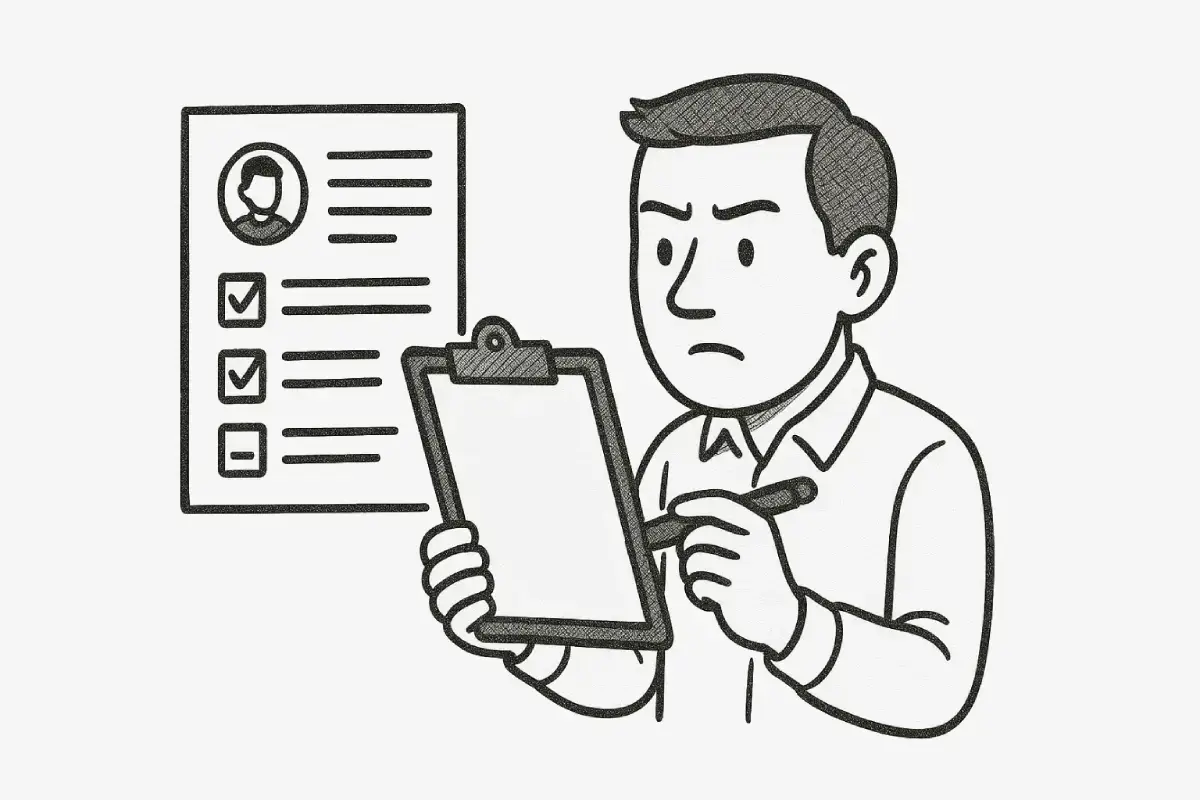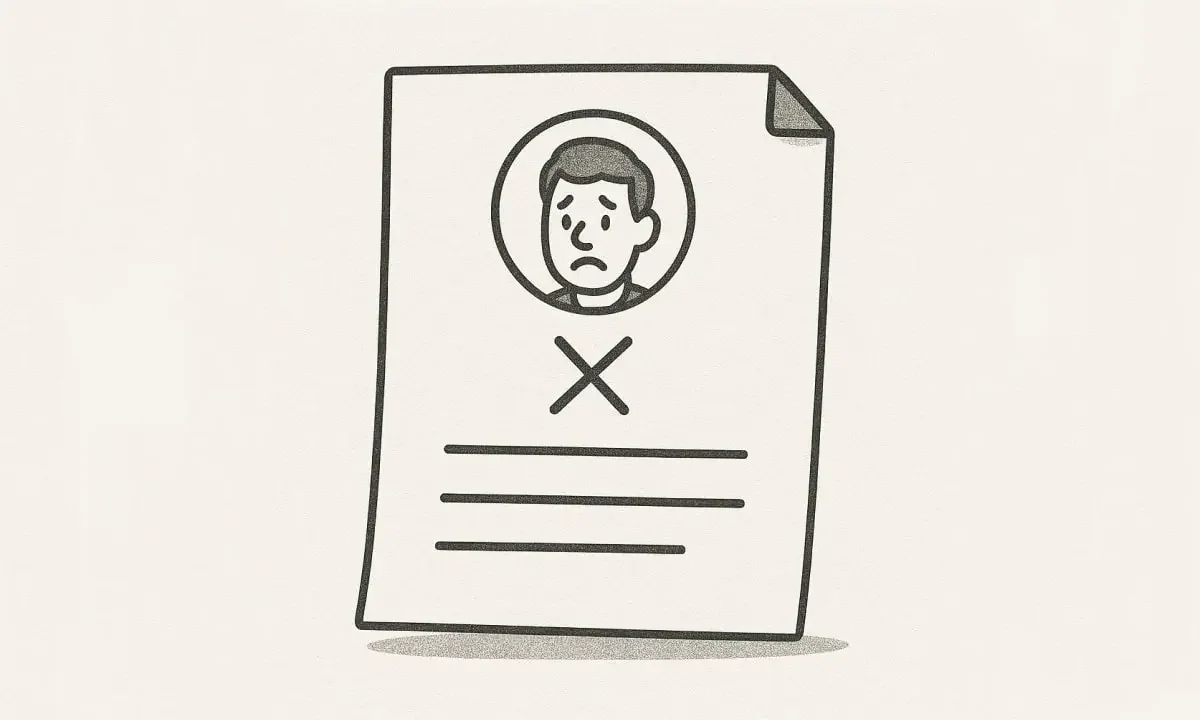Most candidates misunderstand how to handle references on a resume. They either clutter the page with irrelevant details, or they hide them until it’s too late. That’s a mistake. Hiring managers care about references because they validate your credibility — yet they don’t want to scroll through long lists during the initial screening. If you want to look professional, you must present references strategically, not chaotically. Here’s how.
Why References Matter
A resume is a promise. References are proof. A manager wants to know: Do you deliver what you claim? Can someone reliable vouch for you?
I’ve sat in executive hiring discussions where references made or broke the candidate. One candidate had an impressive resume but failed the reference check because her “mentor” sounded disengaged and unprepared. Another looked average on paper but had managers passionately endorsing him. Guess who landed the job?
The difference between a “maybe” and a “yes” often lies in the strength of your references.
The Mistakes Everyone Makes
Let’s be direct. If you are doing any of the following, stop immediately:
- Adding “References available upon request” – It wastes space. Hiring managers already assume you have references.
- Listing personal contacts (friends, neighbors, family) – It signals unprofessionalism. Only professional references count.
- Copy-pasting names without permission – Dangerous and disrespectful. Always inform your references before using their names.
- Mixing references directly into your resume content – It distracts from your achievements. Your resume should showcase you, not your contacts.
The Right Strategy
The correct way to handle references follows three steps:
Step 1: Create a Separate Reference Document
Prepare a clean, one-page document titled “Professional References.” Use the same header style as your resume for consistency. Include:
- Full name of the reference
- Current job title
- Company name
- Email address
- Phone number
- Relationship to you (manager, colleague, mentor, client)
Example:
John Carter
Senior Marketing Director | XYZ Corporation
[email protected] | +1 (555) 234-5678
Former Manager at ABC Agency (2018–2021)
Step 2: Select the Right People
Choose 3–5 people who can speak about your skills, reliability, and impact. Prioritize:
- Former managers – They carry the most weight.
- Colleagues – Useful for team-related roles.
- Clients or partners – Powerful if your role was client-facing.
- Mentors – Persuasive if they have industry authority.
Avoid weak ties. If a reference hesitates to endorse you strongly, don’t include them.
Step 3: Share Only When Requested
Do not attach references directly to your resume unless explicitly asked. Instead, wait until the employer requests them. Then, send the polished reference sheet as a separate PDF.
My Rules for Strong References
I’ve built teams in high-pressure industries, and references worked as my secret filter. Here are my personal rules:
- Quality over quantity. Three strong voices beat five lukewarm ones.
- Match references to the role. If the job requires leadership, pick someone who saw you lead.
- Brief your references. Before interviews, update your references on the role and remind them of your key achievements.
- Keep a rotation. Maintain a living list of 6–7 references, but only present the most relevant 3–4 depending on the job.
A reference who is unprepared can damage you more than having no reference at all.
How to Ask Someone to Be Your Reference
The script must be straightforward and respectful. Here’s what I’ve used:
- Ask directly: “Would you feel comfortable serving as a professional reference for me?”
- Provide context: Explain what role you’re applying for.
- Make it easy: Share your resume and highlight projects you collaborated on.
Case Study: Turning a Weak Resume Strong Through References
A client I coached had a modest resume — average school, average job titles. But he had one advantage: he built strong relationships with his previous managers. I advised him to assemble a reference sheet showcasing leaders from three well-known firms.
When the recruiter requested references, those managers highlighted his work ethic and cultural fit. Despite his average resume, he got the offer because his references proved he was a safe bet.
Hiring managers remember enthusiasm, not just bullet points on a resume.
Extra Tips
- Keep your references informed. Send them a thank-you email after they confirm the call.
- Remove outdated references — if someone has not seen your work in 10 years, don’t include them.
- Don’t risk a bad reference. If you suspect a manager won’t endorse you, never list them.
Conclusion: What to Do Right Now
Stop crowding your resume with references. Start building a curated, professional reference sheet. Pick three people today who would advocate for you without hesitation. Reach out, secure their agreement, and be ready to present them when the recruiter asks.
Because when the choice is between a candidate with silent references and one with advocates, the second one always wins.
Action step: Identify your top three references today and prepare a polished sheet. Tomorrow, you’ll be more prepared than 80% of your competitors.
You might also like: Can AI Replace Recruiters? The Battle of Bots vs. Humans









